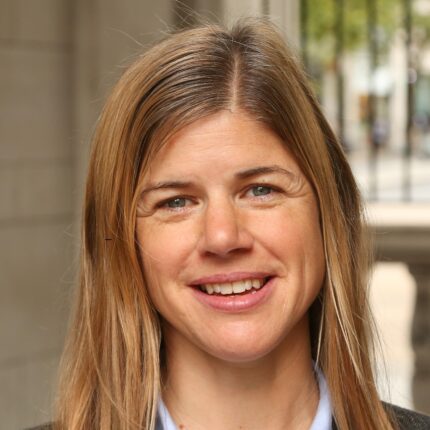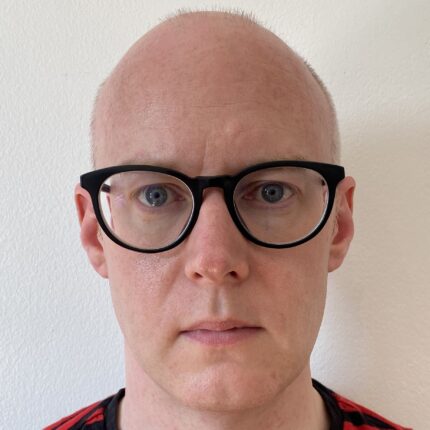Inequalities are a major, and well known, issue in the creative and cultural industries. They are also a concern for higher education.
Neither sector is representative of the rich diversity of contemporary Britain.
These two sets of issues were the starting point for a major collaborative research project, whose final report launched this week. The research demonstrates how higher education institutions, government policy, and creative organisations need transformative actions to address the creative economy’s diversity crisis.
The creative majority
Making the Creative Majority was commissioned by the All-Party Parliamentary Group (APPG) for Creative Diversity. Set up in 2019 by Ed Vaizey MP (now Lord Vaizey) and currently co-chaired by Labour MP Chi Onwurah and Cross-bench peer Deborah Bull, the purpose of the APPG is to question ‘what works’ to foster equity, diversity, and inclusion within the creative economy.
Making the Creative Majority is the outcome of a collaboration between academics based at King’s College London), the University of the Arts London, the University of Manchester and the University of Sheffield with support from policy, the public and private sectors. The driving question behind this work is what works to foster equitable access and diversity in creative education and the talent pipeline, with a focus on the 16+ age category.
This is the second research output from the collaboration with the APPG. In 2021, we launched our first report, Creative Majority. This work focused on identifying employment practices in the creative and cultural sectors that support equitable access, retention and progression. The report championed employment practices designed to ensure people from all backgrounds can develop flourishing creative careers.
The focus on creative education emerged from that initial work. Drawing on insights from the APPG’s roundtables, as well as key research in the area, we saw how many issues facing the creative labour force are grounded in educational inequalities.
Access to creative and cultural education from primary level education onwards is a major issue, one that requires immediate investigation. However, concentrating on the 16+ age group enabled the research to have a clear focus on the direct transitions from education into creative employment.
A matter of degree
Creative education takes many forms, from shorter, intensive specialist skills and technical training to university degrees. The ecosystem is complex. There is a huge range of providers, as well as types of educational practice.
We concentrated on creative HE courses. These are defined as courses that provide specialised knowledge, and degrees that can be considered a pipeline for the creative and cultural industries. They are some of the core training grounds for the future creative and cultural workforce.
The report uses Census 2021 data to show the dominance of degrees in the creative workforce. Our research demonstrates that while having a degree may not guarantee a job within the creative economy, individuals are unlikely to get a creative job without a degree.
Using 2022 UCAS data and longer-term data from HESA, the analysis demonstrates there are significant inequalities of gender, ethnicity, and social class for those going to study creative HE degrees. There are further inequalities across creative employment outcomes.
Black and Asian students are less likely to study a creative subject at university than their White peers. White men with no disabilities who graduate from creative degrees are much more likely to get creative jobs following graduation than any of their peers. Women are over-represented across all creative HE courses, but less likely to be employed within the creative sector following graduation. Russell Group institutions have the most work to do to support diversity, equity, and inclusion in creative HE.
An integrated approach
If the problems are clear, then what works to address them? A systematic literature review of relevant literature identified three key areas linked to creative education where positive interventions have or could have an impact.
First is the broader widening participation agenda across the UK HE sector. At present, well-intentioned efforts to widen participation and create pathways into creative education are not resulting in a more diverse workforce. The report outlines a series of targeted recommendations that we argue are relevant not just to creative HE, but across the UK HE landscape.
Second, our research considers effective work-integrated learning (WIL) models. WIL is an alternative model to internships. Our report draws a clear distinction between “open-market internships” and WIL undertaken as part of an education programme. Effective WIL, as part of creative HE courses, can provide positive interventions in fostering equitable access to creative work.
What about alternatives to degrees? The third part of the APPG’s work explores apprenticeships as a viable alternative route into creative employment. Apprenticeships could have a transformative effect on access to creative employment. However, current policy is simply not working for creative industries. There are low numbers and limited choice of courses, and a lack of suppliers. The apprenticeship levy is also not suited to the realities of creative work.
Overall, our analysis presents a picture of an education system that is currently failing to realise the potential of everyone who might seek a role in the creative economy. The challenge is for policymakers to collaborate with education providers, creative organisations and businesses to place equity, diversity and inclusion at the centre of their work.















Equality of access would be a good thing, though as we know many courses in ‘creative’ field are aimed at making as much money as possible from ‘international’ students, and are not aimed at UK students.
I would also caution against numerical percentage ‘box ticking’, or it’s likely to fail those students coerced into taking a ‘creative’ course, rather than a practical one with arguably better long term prospects. EDI regularly fails to understand personal choices, so spaffing large amounts of money on trying to ‘balance the EDI books’ is likely not going to achieve the authors aims without potential students being exposed to creative possibilities from a young age (junior school).
‘many courses in ‘creative’ field are aimed at making as much money as possible from ‘international’ students, and are not aimed at UK students’ – this is total nonsense
“Access to creative and cultural education from primary level education onwards is a major issue, one that requires immediate investigation.” – the pipeline of learners participating in Creative subjects pre-16 is shrinking. A consequence of technical changes to vocational qualifications at 14-16 means that technical awards are more closely aligned to GCSEs. This will have a significant impact on the diversity of learners entering HE…